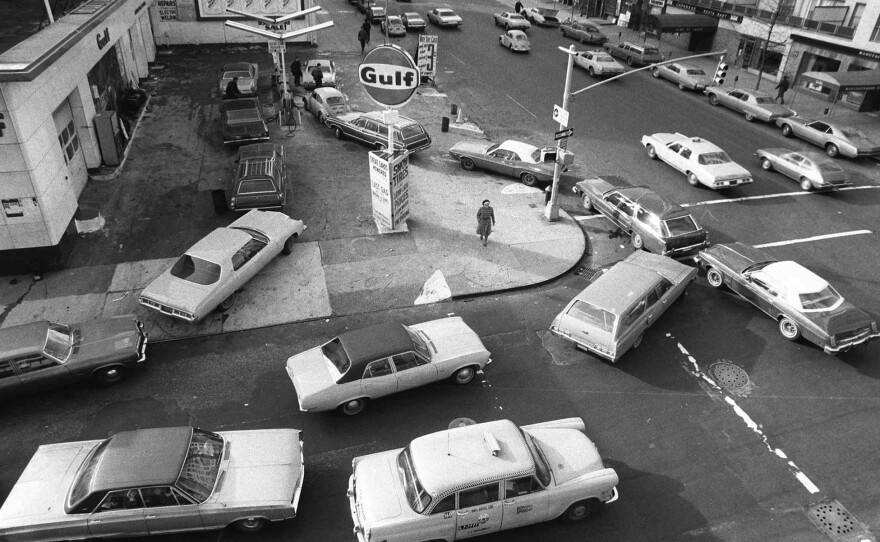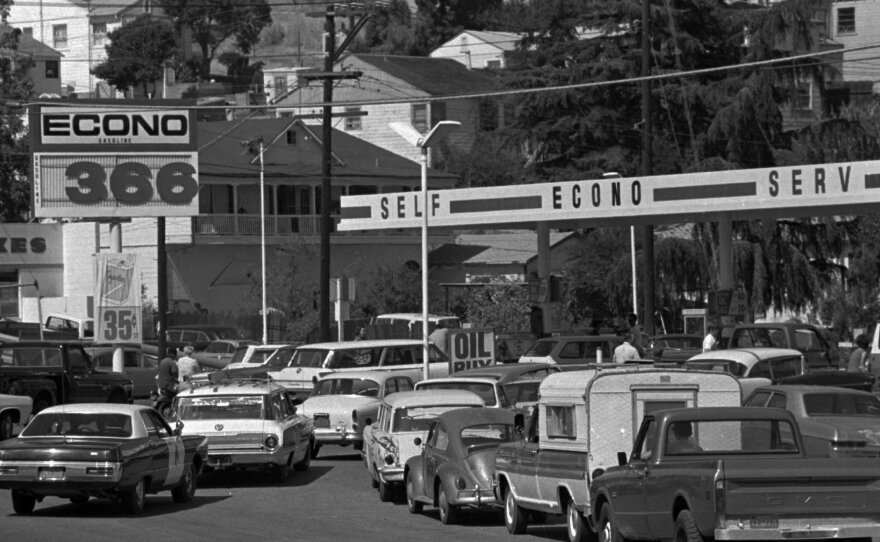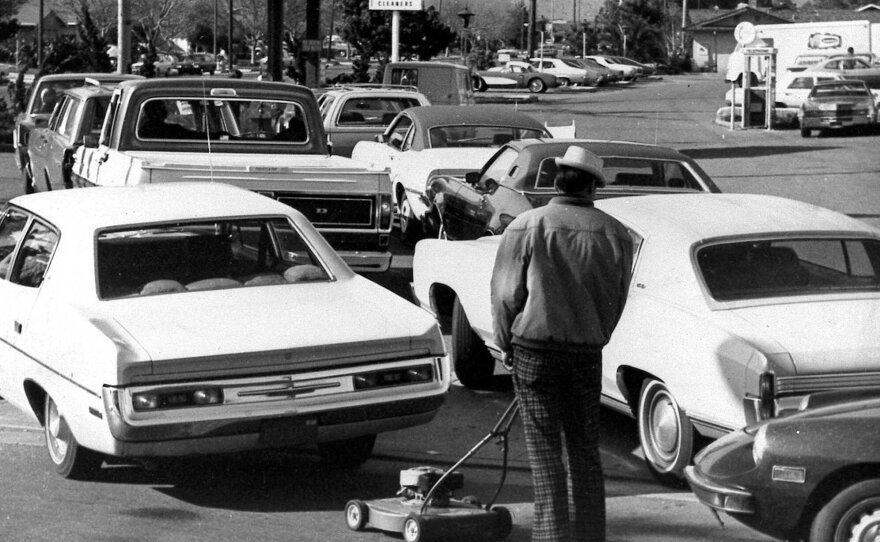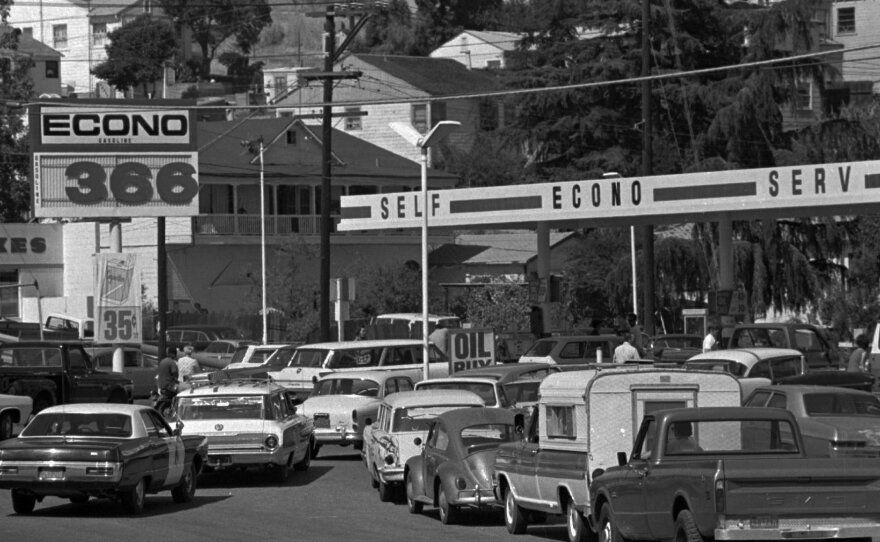





Gas lines in America may be rare, but they're not unprecedented.
The gas shortage in the Northeast, the result of Superstorm Sandy, is inflicting plenty of pain. But it's a localized phenomenon that's not expected to last for long.
During two separate oil crises in the 1970s, Americans from coast to coast faced persistent gas shortages as the Organization of Petroleum Exporting Countries, or OPEC, flexed its muscles and disrupted oil supplies.
In 1973 and again in 1979, drivers frequently faced around-the-block lines when they tried to fill up.
Drivers would go to stations before dawn or late at night, hoping to avoid the lines.
Odd-even rationing was introduced -- meaning that if the last digit on your license plate was odd, you could get gas only on odd-numbered days. New Jersey and New York have just reintroduced the system.
Back in the '70s, some gas stations took to posting flags -- green if they had gas, yellow if rationing was in effect and red if they were out of gas.
To conserve gas, the maximum speed limit was cut to 55 miles per hour. To cut energy consumption in the broader economy, daylight saving time was introduced year-round at the beginning of 1974, facing criticism from parents whose kids had to go to school before sunrise in the winter months.
When the second crisis hit in 1979-80, President Carter described combating it as the "moral equivalent of war," and many Americans feared that oil shocks would be a recurring nightmare.
Since that crisis, gas prices have surged or fallen, but U.S. oil supplies have been relatively stable, and lines at the pump have, with rare exceptions, remained mercifully short.
Copyright 2012 National Public Radio. To see more, visit www.npr.org.






